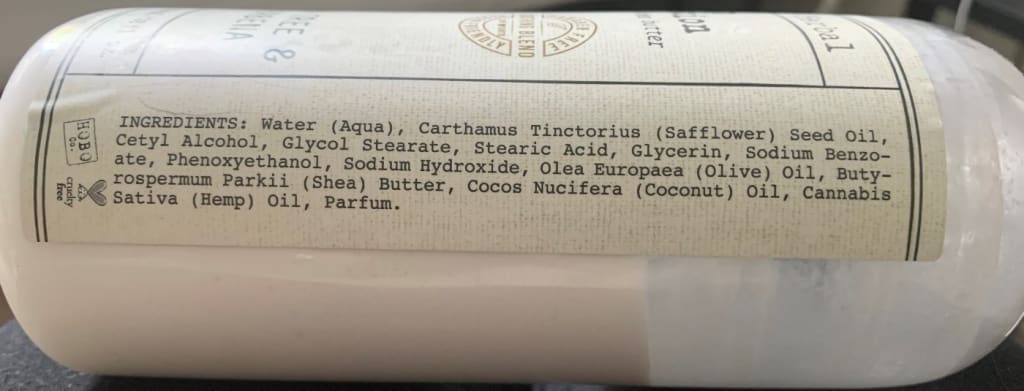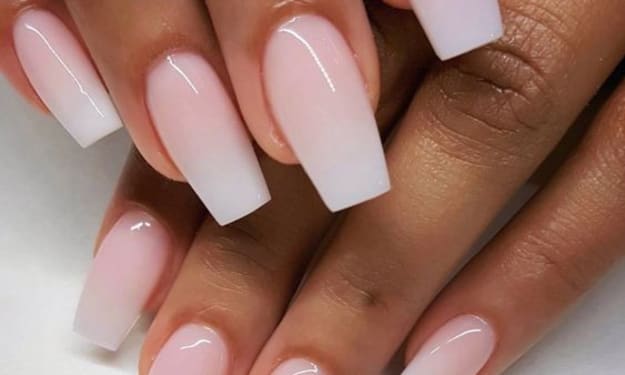
I recently reviewed my friend’s skincare products as her eczema seemed to be getting worse. Upon investigation I zeroed in on the culprit — cocamidopropyl betaine, a potential irritant was present in a very high percentage in the face cleanser she was using twice a day. As soon as we eliminated this product from her routine her skin started to heal.
Take a note of the claims mentioned on the cleanser bottle -
“Gentle Cleansing Wash”
“Developed with Dermatologists”
“Cleanses without drying or irritating”
“Designed for sensitive skin”
Case in point, claims can be misleading, so you need to understand the ingredients in your skincare products. This will help identify the right skincare products for your skin and eliminate ingredients that can irritate or sensitize the skin.
I’ve listed below the 4 categories/items that you need to keep in mind when reading ingredient labels:
1. Active vs Inactive ingredients
More popularly referred to as “actives” in skincare, an active ingredient is the ‘hero ingredient’ in any product. Simply put, it is an ingredient that targets a specific skin concern. For example, if you buy a product to treat acne, the active ingredient may be salicylic acid, a beta hydroxy acid (BHA) that goes deep into the pores to unclog it. Active ingredients have research/science proving their efficacy and are rigorously tested with claims backed by clinical studies.
Here are some common actives you’ll find on product ingredient labels (and what they offer):
Improves skin hydration — Hyaluronic acid
Minimizes signs of aging — Retinoids
Unclogs pores — Salicylic acid
Smooths and evens skin one — Vitamin C, chemical exfoliants (glycolic, lactic, mandelic)
Inactive ingredients on the other hand don’t have a primary function and play more of a supporting role. They are ingredients like preservatives, stabilizers, or could be added to alter the texture of the product (generally done for aesthetic reasons). In some cases, they are absolutely necessary (for e.g., when combining oil and water to make a serum), or stabilizing a product. But in other cases (which is what I see more often than not) the product could do without them. In general, try to avoid products with long ingredient lists.
Remember, the longer the list of inactive ingredients, higher the likelihood of a potential reaction or irritation. Which is why it’s important for you to understand both active and inactive ingredients on a label.
2. Ingredient percentages and order
Percentages should be listed for active ingredients in the product. For example, if a product claims it has retinol, it should say the percentage of retinol. For all you know there could be a drop of retinol in there. Products claiming to have vitamin C generally have the percentage listed, if not I would refrain from buying the product.
If you flip to the back of the product packaging, you’ll see the ingredients listed out. This list is called the INCI (International Nomenclature of Cosmetic Ingredients) list. INCI names are systematic names for ingredients that are recognized internationally to identify cosmetic ingredients. This is how you read the INCI list:
Ingredients are listed in order from highest to lowest concentrations
The first 5 ingredients generally make up most of the product (i.e. are present in high concentrations) and you need to pay close attention to these. As an example, the irritant in my friend’s face cleanser was the third ingredient on the label
Anything below 1% in concentration can be listed in any order
If the cosmetic is a drug or an Over-the-counter (OTC) product like sunscreen, active ingredients are listed separately. You’ll see this kind of labeling on OTC acne products (e.g., benzoyl peroxide) and sunscreens you buy
You may not always see fragrance listed (even though the product may have it) since there is no hard and fast rule. Although companies today want to be transparent and list them, a lot of them don’t. Try and smell the product if you can before buying
3. Higher percentages don’t make a better product
Brands generally advertise higher percentages since they want to make that a selling point. Higher percentages are not always better — Niacinamide is a good example of this use case. Its therapeutic index is between 2–5% but I often see percentages of 10% and even 20%. Therapeutic index indicates the optimal percentage of an active ingredient to be effective.
For some active ingredients the therapeutic index can be as low as 0.5–2%. Take the example of retinol, it can be very effective even at 0.5%. Meaning if an ingredient is not listed in the first five ingredients on the label, it does not mean it’s not effective. Apart from retinol, there are numerous other ingredients that can positively impact the skin in lower concentrations.
4. Red flags for common irritants
This bit is super important since a lot of people have sensitive, irritated, or reactive skin. When people say they have sensitive skin it is most likely due to prolonged use of products containing common irritants — fragrance (listed as fragrance or parfum on the label), essential oils, and drying alcohols (names to look out for are hyperlinked). So try and avoid these in products, especially if you have skin of color. These ingredients are notorious for sensitizing the skin over time leading to hyperpigmentation.
If you are allergic to a particular ingredient (quite a few people are allergic to lanolin), then look for it in the ingredient list. Also if you have allergies look for the claim “allergy-tested” on the product. Brands can’t blindly put this claim without doing a RIPT (Repeat Insulin Patch Test) on a certain number of people via an independent lab.
The bottom line
Just as crucial as it is to know what we put inside our bodies, it is critical we understand what goes on it. Understanding ingredients will help you make the best decision about skincare products and also avoid products that can cause skin issues (irritations, allergies, sensitivities).





Comments
Annee is not accepting comments at the moment
Want to show your support? Send them a one-off tip.